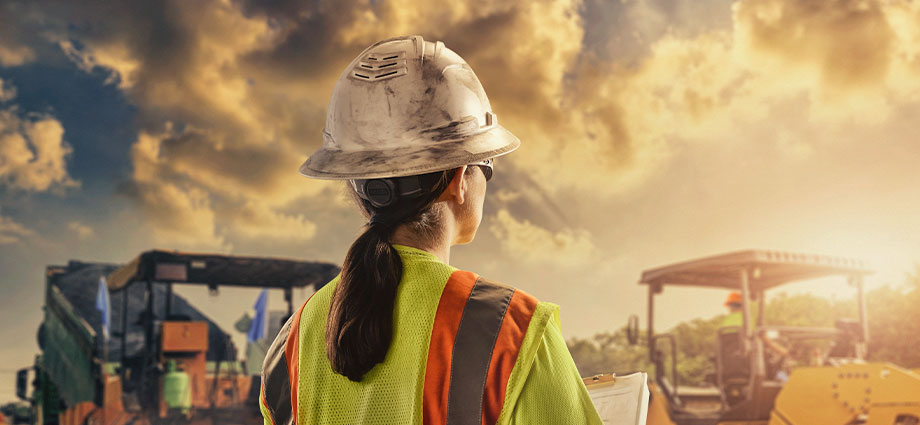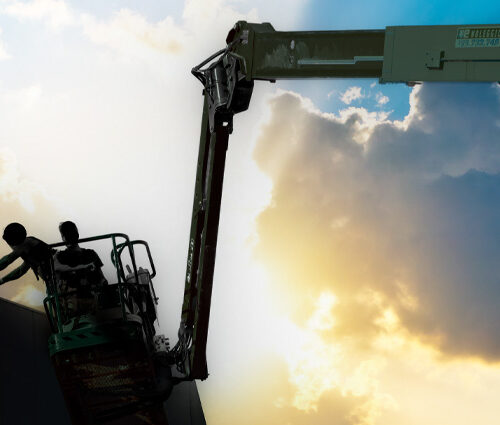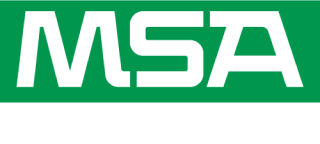
Confined space work can be dangerous.
The truth of this statement cannot be understated. Confined space workers face a plethora of risks, ranging from asphyxiation and engulfment to electric shock, explosion, and falls.
Because the onus to protect confined space workers is on the employer, it’s imperative for employers to recognize and plan appropriately for confined space work. This article is intended to assist employers in understanding that obligation as it relates to fall protection.
For full compliance with the Occupational Safety and Health Administration (OSHA) 29 CFR 1910.146 standard1 that governs confined spaces, employers are urged to rely upon the expertise of safety and health professionals, such as industrial hygienists.
This article is intended to help employers like you who want to effectively protect confined space workers from falls by helping you understand more about confined spaces, including what they are, why they’re a fall hazard, and what essential PPE is needed.
What Is Confined Space?
The core definition of a confined space is any area that’s not easily accessible by people, is not intended for long-term occupancy, is characterized by limited entry and exit points, and has the potential for the presence of significant hazards.
OSHA’s definition of confined space is particular to what they call “permit-required confined space.” As defined by OSHA2, permit-required confined space is any area that:
- Contains or has the potential to contain a hazardous atmosphere
- Includes material that has the potential to engulf anyone who enters
- Features walls that converge inward or floors that slope downward, tapering to a smaller space that can trap or asphyxiate an entrant
- Comprises any other recognized safety or health hazard, such as unguarded machinery, exposed live wires, or heat stress
Confined spaces are found in varying sizes and shapes within a wide variety of industries. Because not all confined spaces are easily identifiable as a confined space, as an employer, you should leverage the expertise of highly trained workers to identify their confined spaces and assess the potential hazards. This will allow you to determine which controls are appropriate for your specific confined space hazards.
There are a wide range of potentially dangerous situations for confined space workers, including: lack of oxygen, chemical reactions, accidental leaks and spills, and exposure to toxic gases.
One of the least understood hazards, however, are slips, trips, and falls.
Fall hazards in confined spaces can result at any point from entry to exit, and, of course, while the worker is doing their work in the confined space.
Typical fall hazards include physical equipment that is an obstacle to a worker, slippery surfaces, poor visibility, inadequate lighting, unsure footing, and changes in the confined space environment as a result of such things as leaks, spills, and vapors.
Preparing for Confined Space Entry
Before any worker enters a permit-required confined space, both you, as the employer, and your employees should know and follow a well-defined system of confined space procedures and precautions. Be aware that if there is any deviation from the standards set on the permit, the confined space should be immediately evacuated.
Confined Space Fall Protection Checklist
All confined space activity should be conducted in accordance with OSHA standards. The following questions, however, may be useful in evaluating your fall protection PPE for confined spaces:
- Is the equipment stored in a clean, dry, cool space?
- Has all fall protection equipment been inspected by a competent person in the required time frame (6 month or a year pending local regulation)
- Have all workers received correct and adequate fall protection and rescue training?
- Have all personnel been properly fitted for a full-body harness?
- Does each harness have the appropriate attachment points for fall arrest, personnel-riding, and rescue?
- Is a tripod or davit appropriate for the specific confined space?
- Is portability of davits important?
- Is there enough clearance for the tripod to fit over the entrance without risk of one of the feet coming too close to the confined space opening?
- Is there enough space around the confined space opening to ensure that top-side attendants are safe from falling into the opening?
- Does the confined space have a ladder in place or is a hoist/winch needed?
- What is the maximum line length needed within the confined space to complete the task?
- Is proper equipment available for entry rescue and is it included in the rescue plan?
- Does the equipment allow for non-entry rescue and is all equipment matched to the rescue plan?
- Is there a method for tracking and monitoring the condition of all equipment?
MSA’s Confined Space and Fall Protection training courses are part of our Virtual Led Training (VLT) series. With VLT, your team can get the training and certifications they need from anywhere because courses are led by an MSA Training Instructor by video conferencing. VLT is identical to our in-person training, following the same class format and including the same course content that would happen on-site. Learn more and register for VLT courses at: https://us.msasafety.com/training.






